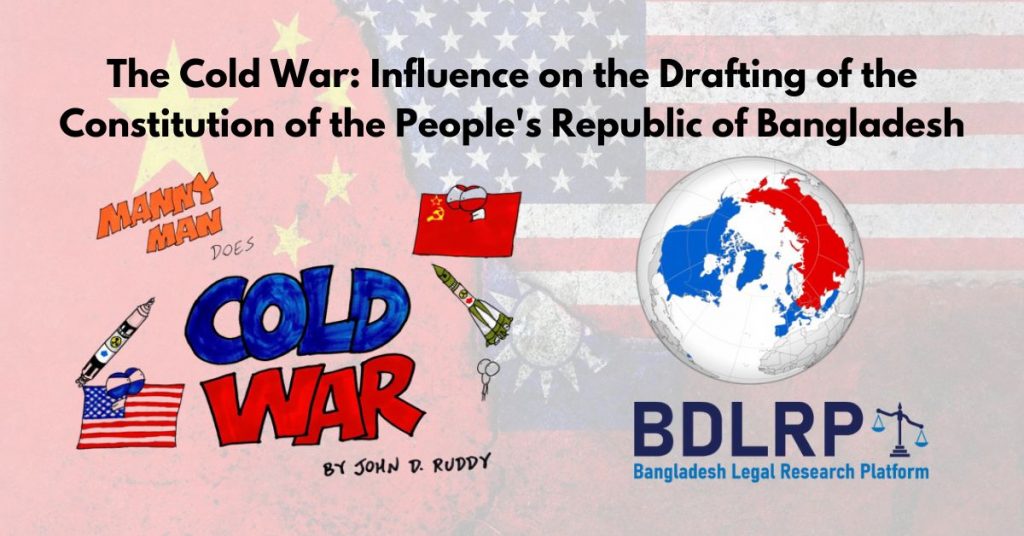The European Parliament is an integral part of the complex institutional structure of the European Union. Although a parliament’s typical duties include a significant amount of legislative work, the EP’s early responsibilities in this area were confined to an advisory one, serving primarily as a place for discussion.1 But after the Lisbon Treaty the institutional set-up of EU has witnessed tremendous changes regulating the functional dynamism of the pillar institutions including the EP. In order to assess the present functional status of the EP regarding the fact that whether it is a paper tiger or not we need to understand the functional difference of it before and after the Lisbon Treaty came into being and its present day implications.
The EP has three main functions which are: Legislative, Budgetary and Supervisory functions. Before the Lisbon Treaty, the legislative function of the EP was regulated by the process of consultation, co-operation, assent and co-decision.2 According to the consultation, method legislation cannot be passed unless the EP has approved it, the cooperation went a little bit further which established that if the European Parliament votes down a proposed piece of legislation, the Council will need unanimous approval to pass it and the primary distinction between co-operation and co-decision procedures, with the former allowing a veto by a simple majority of EP members.3 In terms of the budget, the Parliament could change the parts that dealt with discretionary spending but could only make suggestions for changes to the parts that dealt with mandatory spending, as the Council had the final say on these matters.4 The supervisory function of the EP was the most powerful arena where it could ensure the existence of checks and balance between the other institutions. However, the functional status of the EP was still very much by the norm and apart from the supervisory role the legislative function was nowhere on par with other institutions having an upper hand.
After the Lisbon Treaty the power of the EP has been enhanced to a great extent in terms of its legislative function as well. Parliament is now “formed of representatives of the Union’s citizens,” rather than “representatives of the peoples of the States,” per Article 14(2) TEU.5 Parliament’s ability to pass laws has been strengthened by the “ordinary legislative procedure,” which has replaced the previous co-decision method.6 Both the consultation process and the assent procedure will carry on in their current forms and Parliament and the Council now have equal say in approving the annual budget thanks to the new budgeting system.7
In order to ensure that citizens are fairly represented, the number of MEPs has been capped at 751. Reduced from 96 to 6, the maximum number of seats available to each Member State now stands at 6.8
Therefore, the EP was initially viewed by most observers as the “winner” in this area, at the cost of both the Commission and the Council.9 As it appeared that after the Lisbon Treaty the EP has gained a functional momentum in the EU intuitionalism and the power of the EP has also increased which depicts it no longer to be a paper tiger or a weak institution rather as a strong part of this federal organization.
But whether any law or enactment or for that matter any treaty has had any effect on its stakeholders or ensured their rights and power exertion can be asserted not only by the mere wordings or ratification rather by its true implication. And given the recent debate that has occurred in this regard while the Lisbon Treaty considerably expanded the powers of the European Parliament, but many commentators have also highlighted concerns about the threat of growing intergovernmentalism as a result of the changes made by the Lisbon Treaty.10 It is clear that the treaty gave the EP significant new powers, but those powers have not been very effective during this implementation period because the EP played its cards poorly and has ended up with concrete comitology arrangements that fall short of the potential for influence that the treaty promised.11 Also there is a strong potential for conflict between the Council and the EP because of their ongoing competition for political dominance inside the EU’s political system, which paints a contrasting picture of the inter-institutional interaction, complicated decision-making due to divergent duties of representation (the Council for the member states and the EP for the European people)12 which makes the power battle even tougher for the EP to hold its position in the EU.
In spite of all the complicated interactions between the institution and not-so-efficient implications of the EP’s powers, it is amazing to see such a high level of collaboration and even consent between the institutions in day-to-day decision-making, despite disagreements over policies or decision-making prerogatives based on differing institutional interests and representational responsibilities.13 Thus, the customary symmetry between the Commission and the old setup, with the Parliament on one side and the Council and the rotating Presidency on the other, has been replaced by a more convoluted one, requiring greater negotiation and cooperation across different levels of government.14 And in comparison to the past status the present role of the EP is much more effective in terms of its legislative, supervisory and other institutional functions apart from lacking the potential that the treaty assured to provide. Thus it would not be wrong to say that the EP may no longer be called a paper tiger rather it appears to be that tiger that may have learned to roar but is yet to learn how to hunt its target.
Reference:
- Karen Davies, Understanding European Union Law (2nd edn, Cavendish Publishing 2003) accessed 13 September 2022.
- ibid.
- ibid.
- ibid.
- ‘The Treaty of Lisbon | Fact Sheets on the European Union | European Parliament’ accessed 13 September 2022.
- ibid.
- ibid.
- ibid.
- Thomas Christiansen and Mathias Dobbels, ‘Implementing and Delegated Acts after Lisbon – Towards the Parliamentarisation of Policy-Implementation?’ 15.
- Thomas Christiansen, ‘The European Union after the Lisbon Treaty: An Elusive “Institutional Balance”?’ (2011).
- Christiansen and Dobbels (n 9).
- ‘The Council, the European Parliament, and the Paradox of Inter-Institutional Cooperation by Monika Mühlböck, Berthold Rittberger : SSRN’ accessed 13 September 2022.
- ibid.
- Christiansen (n 10).
Bibliography
Christiansen T, ‘The European Union after the Lisbon Treaty: An Elusive “Institutional Balance”?’ (2011).
Christiansen T and Dobbels M, ‘Implementing and Delegated Acts after Lisbon – Towards the Parliamentarisation of Policy-Implementation?’ 15
Davies K, Understanding European Union Law (2nd edn, Cavendish Publishing 2003) accessed 13 September 2022.
‘The Council, the European Parliament, and the Paradox of Inter-Institutional Cooperation by Monika Mühlböck, Berthold Rittberger : SSRN’ accessed 13 September 2022.
‘The Treaty of Lisbon | Fact Sheets on the European Union | European Parliament’ accessed 13 September 2022.

Author: Afia Jaynab
Law Discipline (LL.M.),
Khulna University.





Comments are closed.